Test Amit sep
Trends in Biotechnology: Scope, Applications, Job Opportunities

Biotechnology is one of the highest rising sectors globally, with the potential to create millions of jobs worldwide. Consequently, there is a substantial investment in building human capital and infrastructure, focusing on biotechnological R&D worldwide. This article explores the scope of Biotechnology, its applications, and resultant job opportunities.
Biotechnology is internationally established as a rapidly emerging technology, aptly described as the "technology of hope" for its promise toward food, health, and environmental sustainability. The most recent and continuing innovations in biotechnology unfold a scenario energized and driven by the new tools and methodologies. Many curative nutraceuticals, drugs, and vaccines are currently promoted in the health sector, accounting for a US $40 billion market and aiding millions worldwide.
The Outreach
During the covid-19 outbreak, the health sector devised and employed rapid drugs and vaccines to combat the unprecedented pandemic. Hundreds more therapeutic entities are in the development stage. Additionally, many more agricultural and industrial biotech products have immensely improved humankind. The global bioeconomy witnessed an almost 95% increase in valuation over the last five years, with the COVID-19 pandemic raising it even further. This immense growth could be attributed to an array of positive trends such as ever-growing demands for healthcare services, enhanced need for quality food and nutrition, intensive R&D pursuits, and more robust government initiatives globally. The driving force for the sector's growth is increasing investment, outsourcing activities and skills, exports, and the government's attention. Biotechnology offers opportunities to convert resources into employment opportunities and economic development. Continuous product innovation and optimal services draw on renewable resources to improve industrial processes' efficiency, improve environmental degradation, and deliver a more sustainable economy.
Application and Roles
The biotechnology sector is divided into five segments: Pharma and health, Bio Agri, Bio-services, Bio-industrial, and Bioinformatics. Some of the foreseen benefits of industrial biotech are:
Pharma and health: The biopharmaceutical sector holds the largest share of the biotechnology industry with 64% of total revenues, followed by the BioServices sector with an 18% market share. The sectors majorly thrive on clinical trials, contract research, and manufacturing activities, further fueling the biotechnology sector's growth.
Bio-Agriculture: Bio-Agri segments accounted for approximately 14% of the biotech industry, while the remaining market is governed by the bio-industry (3%), followed by bioinformatics (1%). Agricultural biotechnology comprises a range of tools, including traditional breeding techniques, modifying living organisms (or parts of), making or changing innovative products, improving plants and animals, or developing/modifying microorganisms for specific agricultural applications.
Bio-services: Biotechnology is a powerful implement enabling technologies for the world that can revolutionize agriculture, healthcare, industrial processing, and environmental sustainability. Several social concerns can be addressed to propel biotechnology innovation, such as conserving bioresources and ensuring the safety of products and processes. Government and private industrial bodies must play a dual role in advancing the benefits of modern biotechnology while at the same time educating and protecting the interests of the public. The approach to the products arising from biotechnology research in medicine and agriculture is of paramount importance. Therefore, there should be adequate support for sound public research designed to reach the unreached in terms of technology empowerment.
Environment: Environmental issues pass concerns to everyone. Biotechnology has tremendous potential to address various environmental problems, for example, pollution, global warming, conservation and characterization of rare or endangered taxonomic group (s), afforestation, reforestation, etc. It can also help in rapid monitoring of environmental pollution, eco-restoration of degraded sites, treatment (Bioremediation) of effluents discharged by modern industries (oil refineries, dyeing, and textile units, paper and pulp mills, tanneries, pesticide units, etc.), treatment of solid wastes and landfills, and so on. Several technologies have already been deployed and demonstrated. The main goal of environmental biotechnology should be to provide:
- Cost-effective and clean alternatives for risk assessment and quality monitoring;
- Eco-restoration of degraded habitats;
- Conversion of recalcitrant toxic chemicals into harmless byproducts;
- Bioremediation of wastes;
- Value-added products from biomass;
- Control of biological invasion through biotechnological interventions;
- Greener process technologies;
- Effective ex-situ conservation strategies.
Medical Biotechnology: Medical biotechnology has significantly contributed to the treatment of infections such as HIV-AIDS, malaria, tuberculosis, respiratory infections and chronic diseases affecting the blood vessels and heart, neuropsychiatric disorders, diabetes, and cancer, to name a few. For successful biotechnological endeavors, it is imperative to synchronize the technology and products with the local requirements to expedite technology diffusion into health practices.
Cumulative knowledge about pathogen genomes and subtypes, host responses to infections, molecular determinants of virulence and protective immunity, and understanding of mechanisms underlying escaped immunity and ways to advance novel immunogens will guide the expansion of vaccines against infectious diseases. Translational research and evolving ability to rapidly evaluate multiple candidates in clinical trials can help scientists to accelerate the pace of vaccine and medicinal research. In addition, new directions in manufacturing and delivery are emerging.
Industrial Biotechnology: A wave of industrial biotechnology is effectively developing. Industrial biotechnology (white biotechnology) uses biological systems to produce valuable chemical entities. This technology is mainly centered on biocatalysis and fermentation technology in combination with recent molecular genetics and metabolic engineering breakthroughs. This novel technology has contributed to the ``green chemistry``. Renewable resources such as sugars or vegetable oils are converted into a wide variety of chemical substances, such as fine and bulk chemicals, pharmaceuticals, solvents, bio-plastics, vitamins, food additives, bio-colorants, bio-pesticides, and bio-fuels (bioethanol and bio-diesel, etc.).
Furthermore, the usage of industrial biotechnology offers significant ecological advantages. Crops are used as raw materials as a substitute for fossil resources (like crude oil and gas). These technologies benefit greenhouse gas emissions and, at the same time, support the agricultural sector in producing these raw materials. In addition, industrial biotechnology frequently shows significant performance benefits compared to conventional chemical technology.
Bioinformatics: Bioinformatics (IT-enabled Biotechnology) has repeatedly proved to be a powerful tool for advancement in the research and development of biotechnology. Bioinformatics holds strong prospects of reducing the cost and time for developing new products like new drugs and vaccines, plants with particular properties and resistance to pests and diseases, novel proteins, biological materials, and nanoparticles. The availability of complete genome sequences, data from microarrays, proteomics, metabolomics, and species data at the taxonomic level, have enabled faster research and quick solution to modern problems. Integration of these databases requires sophisticated bioinformatics tools. Organizing these data into suitable databases and developing appropriate software tools for analyzing the same will be a significant challenge.
Scope of Biotechnology
Biotechnology has the potential to set up the next wave of technological change that can be as radical and even more pervasive than the IT boom. Employment creation, expanding entrepreneurial opportunities, intellectual wealth creation, and augmenting industrial growth are influential factors that permit a focused approach for this sector. Biotechnology has increased, and as far as employment is concerned, it has become one of the fast-growing sectors. Biotechnologists can find careers in pharmaceutical, chemical, agricultural and allied companies. There is significant employment in research laboratories run by the government and the corporate sectors. Alternatively, professionals can find employment in specialized biotechnology companies or biotech-allied companies such as pharmaceutical firms, food manufacturers, aquaculture, and agricultural corporations involved in life sciences, ranging from equipment to chemicals and materials to pharmaceuticals and diagnostics. The extent of work can vary from research, teaching, marketing, sales, administration, quality control, technical support, breeding, etc.
Biotechnology is one of the highest rising sectors globally, with the potential to create millions of jobs worldwide. Consequently, there is a substantial investment in building human capital and infrastructure, focusing on biotechnological R&D worldwide.
How would you rate this Article ?
Press the number of stars to rate this Magazine.
4.8 Author Points.
Based on 13 Magazines written by this author.
4.5 Magazine Points.
Based on 2 Ratings.








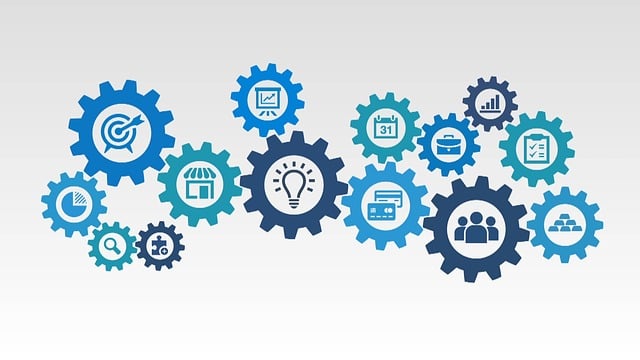



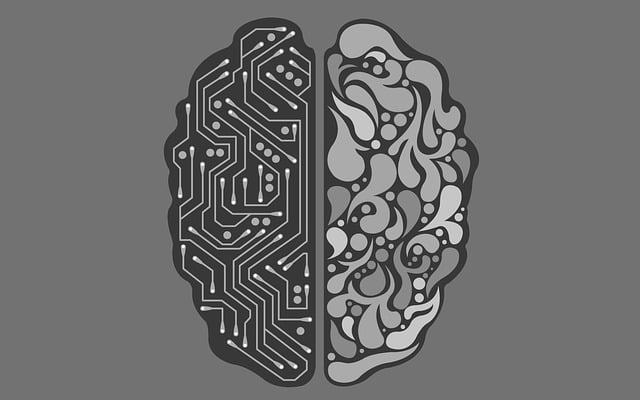










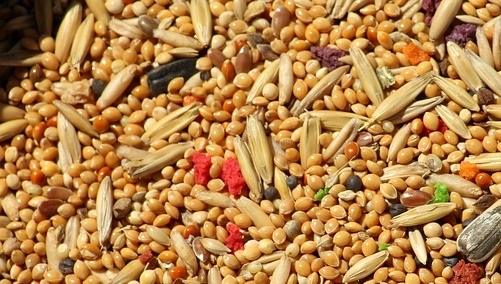





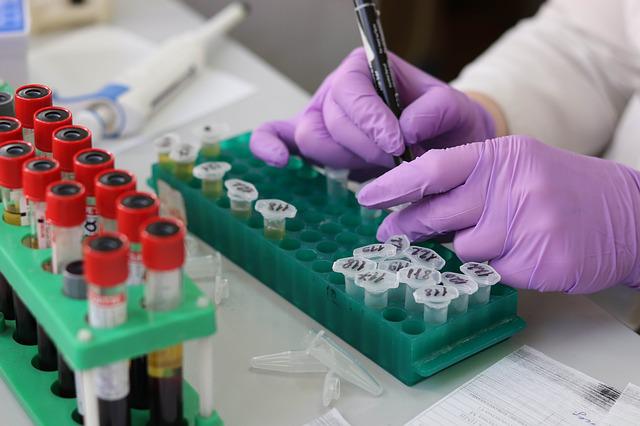
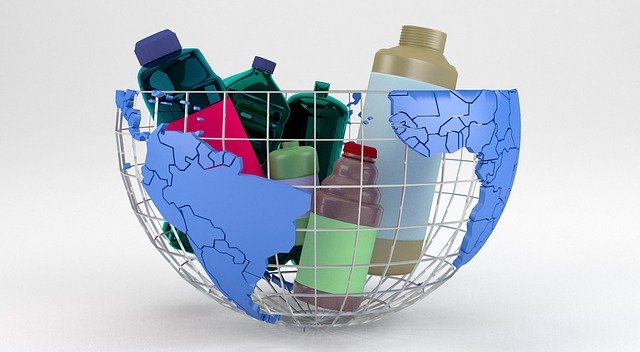




Please Sign In or Sign Up to leave a Comment.